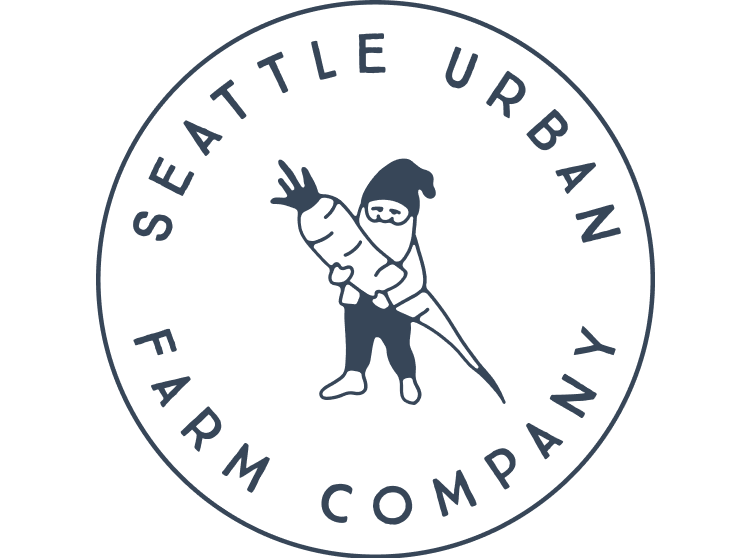Tree Fruits, Berries and...actually just fruit trees
Well, I guess it is February 23. Right about the time to start planting fruit trees, brambles, and other fruiting whathaveyous. So...what can we grow here in Seattle? I will use this as an opportunity to put in a plug for one of my favorite businesses, Raintree Nursery. Raintree specializes in fruiting plants and has a great catalog and website that can be crucial resources if you are planning to do some edible landscaping. You literally won't believe all of the crazy s*#@ they grow.
For the time being, I am going to try to decide what the most common fruiting plants that produce well here in Seattle:
In no particular order, we have Apples, Plums, Pears, Cherries, Raspberries, Blueberries, Strawberries.
As you will notice, there are a lot of fruiting trees on the list. No matter where you live, there are certain varieties of each that will produce well, and other varieties that won't.
Here is a short list that I lifted from Washington State University (which has a lot of agricultural programs):
Basic Home Orchard Variety List:
Apple - Gravenstein, Akane, Chehalis, Liberty, Jonagold
Pear - Clapp Favorite, Bartlett, Orcas, Comice
Plum/Prune - Methley, Beauty, Shiro, Early Italian, Seneca
Cherry - Van, Angela, Hardy Giant, Emperor Francis
Peach - Early Redhaven, Harken, Frost
Apricot - Not generally successful; try Puget Gold
Nectarine - Not generally successful; try Juneglo
As you will also notice, it is not recommended to try apricots and nectarines (unless you have some sins that need atonement). Also, peaches often seem more trouble than they are worth, especially since there are so many grown just over the mountains...
Here is another thing to consider when picking trees for your yard: plant dwarf or semi-dwarf varieites. Standard size fruit trees are great to look at, but very difficult to maintain and harvest.
So...just in case you are interested, here is a brief primer on rootstocks: what they are and why it matters...(you might want to stop reading at this point)
Why do you need a rootstock in the first place, what is grafting and why velcro shoes are worth the investment?
To get a fruit tree that bears a particular variety of fruit (Gravenstein apples for example), the plant must be propagated vegetatively. This usually means that a piece of a Gravenstein apple tree (for example a branch) is cut off and "grafted" onto another tree or rootstock. (it is absolutely necessary to call the branch a "scion" or it won't work).
Grafting can take many forms but usually involves taping the scion and the rootstock together until they grow into a single plant (kind of like when your shoelace breaks and you tie it back together). This is a very precise technique and I would highly recommend reading up on it a bit and/or going to a workshop if you intend to try it at home.
The Grafter's Handbook, by Robert J. Garner is considered the book to read and I am pretty sure that it made it onto Oprah's reading list last month.
Western Washington Fruit Research Foundation is putting on a workshop this March.
If you want to know how to tie your shoelace together, try a square knot.
Anyways, after the scion attaches to the rootstock, it will grow into a tree that produces Gravenstein apples. The rootstock does not effect the variety of fruit but it does determine the size of the tree (and other things such as disease resistance).
If the seeds of a Gravenstein apple are sown, each seed will grow into a tree with a new variety of apple (but not Gravenstein apples). Some of these new varieties may be very good, but most will become the "I am not going to eat this apple" type of apple.
Since certain trees produce fruits that taste better than others, people have developed grafting in order to propagate these fruits in perpetuity. Otherwise there would have only been one Gravenstein apple tree and when it died this type of apple would cease to exist.
To make things much more interesting, horticulturalists have been developing different types of rootstocks for these trees. Some will make the tree "semi-dwarfing" and some will be "true dwarfs", etc. Here is a link to descriptions of different rootstocks and their characteristics.
Bay Laurel Nursery
Generally speaking, it is good to grow smaller trees in your landscape so that you can reach the fruit when it is ready to eat...
I guess I will try to say something about berries next time.














